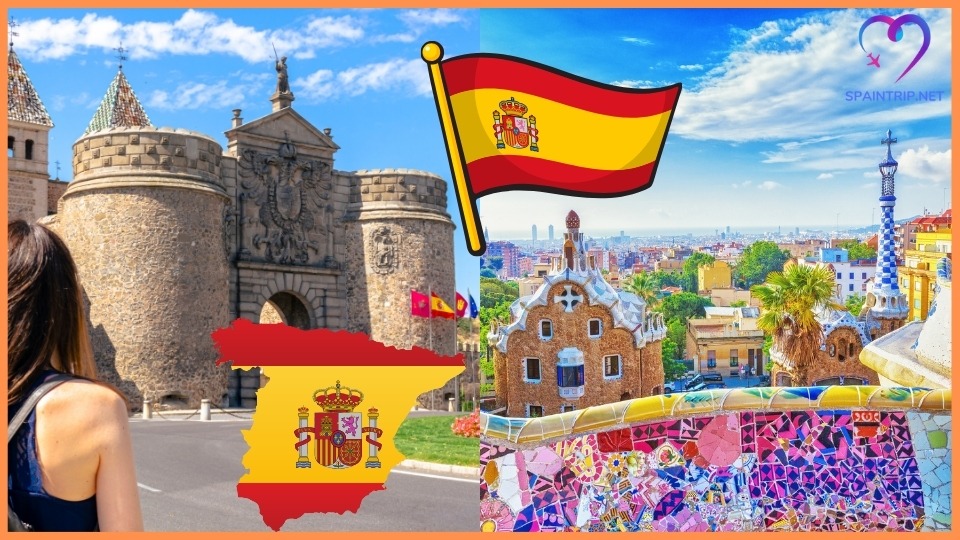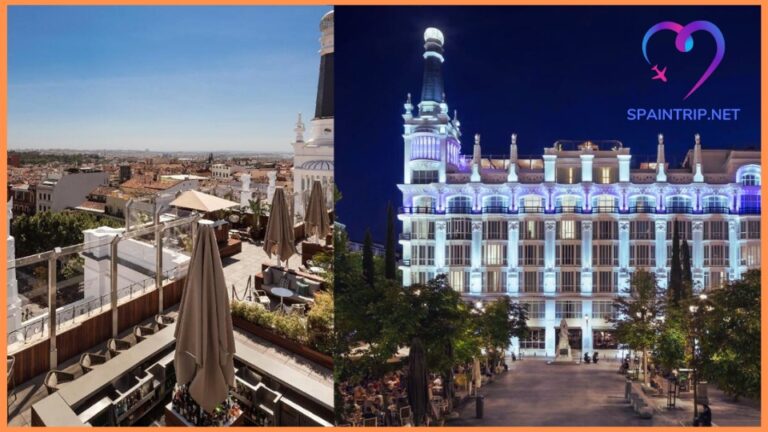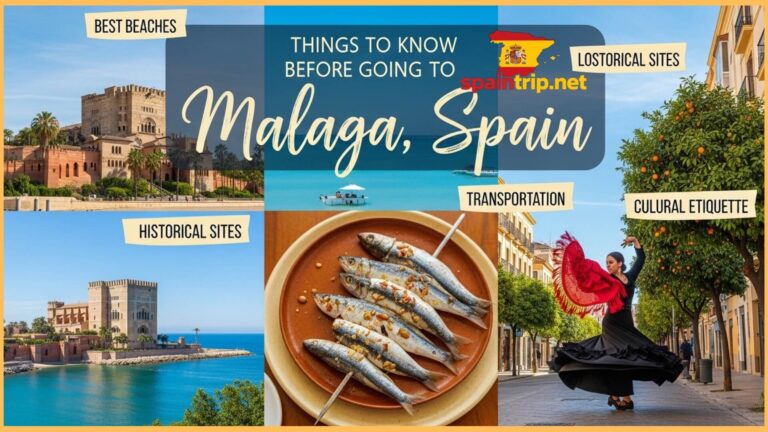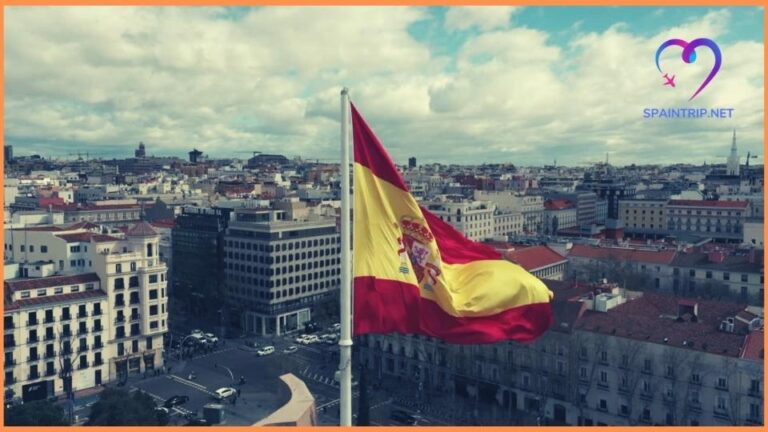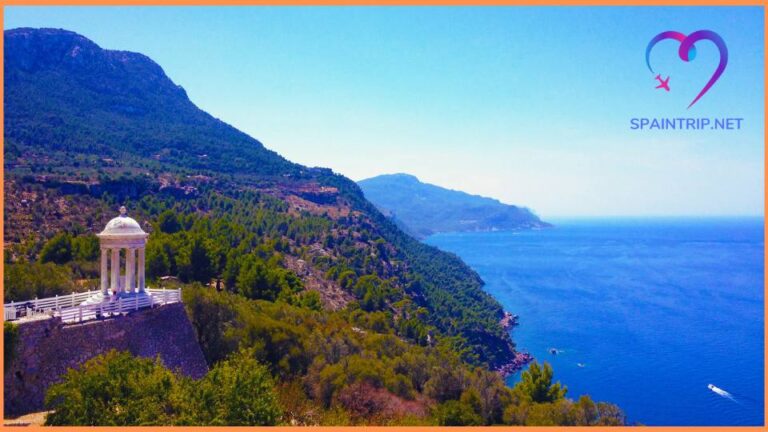Top 10 Tourist Destinations in Spain
Spain, a country of rich history, diverse culture, and stunning landscapes, is one of the most popular tourist destinations in the world. From the vibrant streets of Barcelona to the serene beaches of the Balearic Islands, Spain offers something for every traveler. This guide will take you through the top 10 tourist destinations in Spain, highlighting their unique attractions and providing essential travel tips.
Barcelona
Barcelona is a city that perfectly blends modernity with tradition. Known for its unique architecture designed by Antoni Gaudí, such as the iconic Sagrada Familia and Park Güell, Barcelona offers a visual feast. Wander through the Gothic Quarter, relax on Barceloneta Beach, and enjoy the vibrant nightlife on La Rambla.
Unique Architecture
The Sagrada Familia, a colossal basilica still under construction, and Park Güell, a colorful public park, are must-visit landmarks.
Gothic Quarter
The Gothic Quarter is a maze of narrow, winding streets filled with history. Here, you can explore medieval buildings, charming squares, and cozy cafes.
Barceloneta Beach
It’s a perfect spot for sunbathing, swimming, and enjoying fresh seafood at beachfront restaurants.
La Rambla
La Rambla is Barcelona’s famous street, bustling with life.
Madrid
As the capital city, Madrid is the heart of Spain. It boasts world-class art galleries like the Prado Museum and the Reina Sofia Museum, home to masterpieces such as Picasso’s Guernica. Stroll through the grand Plaza Mayor, enjoy a traditional tapas experience, and witness the majestic Royal Palace.
Prado Museum
The Prado Museum is one of the world’s leading art museums, featuring works by Spanish masters like Velázquez and Goya.
Reina Sofia Museum
Home to Picasso’s Guernica, the Reina Sofia Museum showcases modern and contemporary art.
Plaza Mayor
Plaza Mayor is a grand square in the heart of Madrid, surrounded by historical buildings and lively cafes.
Royal Palace
The Royal Palace is the official residence of the Spanish Royal Family, offering guided tours through its opulent rooms and gardens.
Tapas Experience
No visit to Madrid is complete without indulging in tapas.
Seville
Seville, the capital of Andalusia, is famous for its flamenco dancing, historic landmarks, and festivals. Visit the Seville Cathedral, the largest Gothic cathedral in the world, and climb the Giralda Tower for panoramic views. The Alcázar of Seville, a stunning palace complex, showcases the city’s Moorish heritage.
Seville Cathedral
The Seville Cathedral is a UNESCO World Heritage Site and the largest Gothic cathedral in the world.
Giralda Tower
Climb the Giralda Tower for breathtaking views of Seville. The tower was originally a minaret before being converted into a bell tower for the cathedral.
Alcázar of Seville
The Alcázar is a royal palace renowned for its stunning Mudéjar architecture and beautiful gardens. It’s a testament to Seville’s Moorish history.
Flamenco Dancing
Seville is the birthplace of flamenco. Experience this passionate dance at one of the city’s many flamenco shows.
Festivals
Seville hosts numerous festivals, the most famous being the Feria de Abril, a week-long celebration with parades, music, and dancing.
Valencia
Located on the southeastern coast, Valencia is known for its City of Arts and Sciences, a futuristic complex that includes an opera house, an interactive science museum, and an oceanographic park. Don’t miss the Valencia Cathedral and the historic Lonja de la Seda. Valencia is also the birthplace of paella, a must-try dish.
City of Arts and Sciences
This futuristic complex is a cultural and architectural marvel. It includes the opera house, an interactive science museum, and an oceanographic park.
Valencia Cathedral
Valencia Cathedral is known for its striking Gothic architecture and its claim to house the Holy Grail.
Lonja de la Seda
The Lonja de la Seda, a UNESCO World Heritage Site, is a beautiful Gothic building that once served as a silk exchange.
Birthplace of Paella
Valencia is the birthplace of paella, Spain’s most famous rice dish. Enjoy an authentic paella at a local restaurant.
Granada
Nestled at the foot of the Sierra Nevada mountains, Granada is home to the Alhambra, a breathtaking palace and fortress complex that epitomizes Moorish architecture. The city’s Albaicín district offers narrow winding streets and spectacular views of the Alhambra. The Generalife Gardens are another highlight, perfect for a stroll.
Alhambra
The Alhambra is a magnificent palace and fortress complex that showcases stunning Moorish architecture and intricate gardens.
Albaicín District
The Albaicín is Granada’s old Muslim quarter, with narrow, winding streets and spectacular views of the Alhambra.
Generalife Gardens
These beautiful gardens were once the summer palace of the Nasrid rulers. They are perfect for a leisurely stroll.
Ibiza
Ibiza is synonymous with world-famous nightlife and beautiful beaches. While it’s a hotspot for party-goers, Ibiza also offers tranquil villages, stunning landscapes, and ancient history. Explore the UNESCO-listed Dalt Vila, a historic fortress, and relax on beaches like Cala Comte and Cala Salada.
Nightlife
Ibiza is known worldwide for its vibrant nightlife, with numerous clubs and bars offering unforgettable parties.
Tranquil Villages
Beyond the nightlife, Ibiza has many tranquil villages where you can experience the island’s serene side.
UNESCO-listed Dalt Vila
Dalt Vila is a historic fortress that offers a glimpse into Ibiza’s rich history.
Beaches
Ibiza’s beaches, such as Cala Comte and Cala Salada, are perfect for relaxing and enjoying the sun.
Canary Islands
Each island has its unique charm. Tenerife is known for Mount Teide, Spain’s highest peak, while Lanzarote features the surreal Timanfaya National Park. Gran Canaria offers diverse landscapes, from beaches to mountainous regions.
Mount Teide
Mount Teide, located in Tenerife, is Spain’s highest peak and a popular destination for hiking and stargazing.
Timanfaya National Park
This park on Lanzarote is known for its otherworldly volcanic landscapes.
Diverse Landscapes
Gran Canaria offers a mix of beautiful beaches and mountainous regions, making it a diverse destination for travelers.
Bilbao
Bilbao, in the Basque Country, is an industrial city that has reinvented itself as a cultural hub. The Guggenheim Museum, designed by Frank Gehry, is an architectural marvel that houses contemporary art. Stroll through the Casco Viejo (Old Town), and enjoy Basque cuisine at the city’s many pintxos bars.
Guggenheim Museum
The Guggenheim Museum is a contemporary art museum housed in a stunning building designed by Frank Gehry.
Basque Cuisine
Bilbao is famous for its Basque cuisine, particularly pintxos, which are small snacks typically eaten in bars.
Mallorca
The largest of the Balearic Islands, Mallorca is known for its stunning coastline, charming villages, and vibrant capital, Palma de Mallorca. Visit the Palma Cathedral, explore the Serra de Tramuntana mountain range, and relax on beautiful beaches like Es Trenc. Mallorca also offers excellent hiking and cycling opportunities.
Palma Cathedral
The Palma Cathedral is a stunning Gothic building that dominates the skyline of Palma de Mallorca.
Serra de Tramuntana
This mountain range offers excellent hiking and breathtaking views.
Beaches
Mallorca’s beaches, such as Es Trenc, are known for their pristine beauty.
Hiking and Cycling
Mallorca is a popular destination for hiking and cycling, with numerous trails and scenic routes.
Córdoba
Córdoba is a city steeped in history, known for the Mezquita, a mosque-cathedral that is a testament to the city’s Islamic past. The Jewish Quarter, with its narrow streets and whitewashed houses, is a delight to explore. Don’t miss the Alcázar of the Christian Monarchs and the picturesque Roman Bridge.
Mezquita
The Mezquita is a stunning mosque-cathedral that reflects Córdoba’s Islamic heritage.
Jewish Quarter
The Jewish Quarter is a charming area with narrow streets and whitewashed houses.
Alcázar of the Christian Monarchs
This fortress features beautiful gardens and historic architecture.
Roman Bridge
The Roman Bridge offers picturesque views of Córdoba and the Guadalquivir River.
Spain’s diverse destinations offer something for every traveler, whether you are drawn to bustling cities, historical landmarks, or serene beaches. Each location has its own unique charm and countless attractions to explore.
FAQs
What is the best time to visit Spain?
The best time to visit Spain is during the spring (April to June) or fall (September to October) when the weather is pleasant, and tourist crowds are smaller.
Do I need a visa to visit Spain?
Visa requirements depend on your nationality. Citizens of the EU, US, Canada, Australia, and many other countries can enter Spain without a visa for short stays.
Is Spain a family-friendly destination?
Yes, Spain is very family-friendly with numerous attractions, activities, and accommodations suitable for families with children.
What are some traditional Spanish dishes to try?
Some must-try Spanish dishes include paella, tapas, gazpacho, and churros.
Is it safe to travel in Spain?
Spain is generally very safe for travelers. However, like in any country, it’s important to stay aware of your surroundings and take standard precautions to avoid petty crime.

